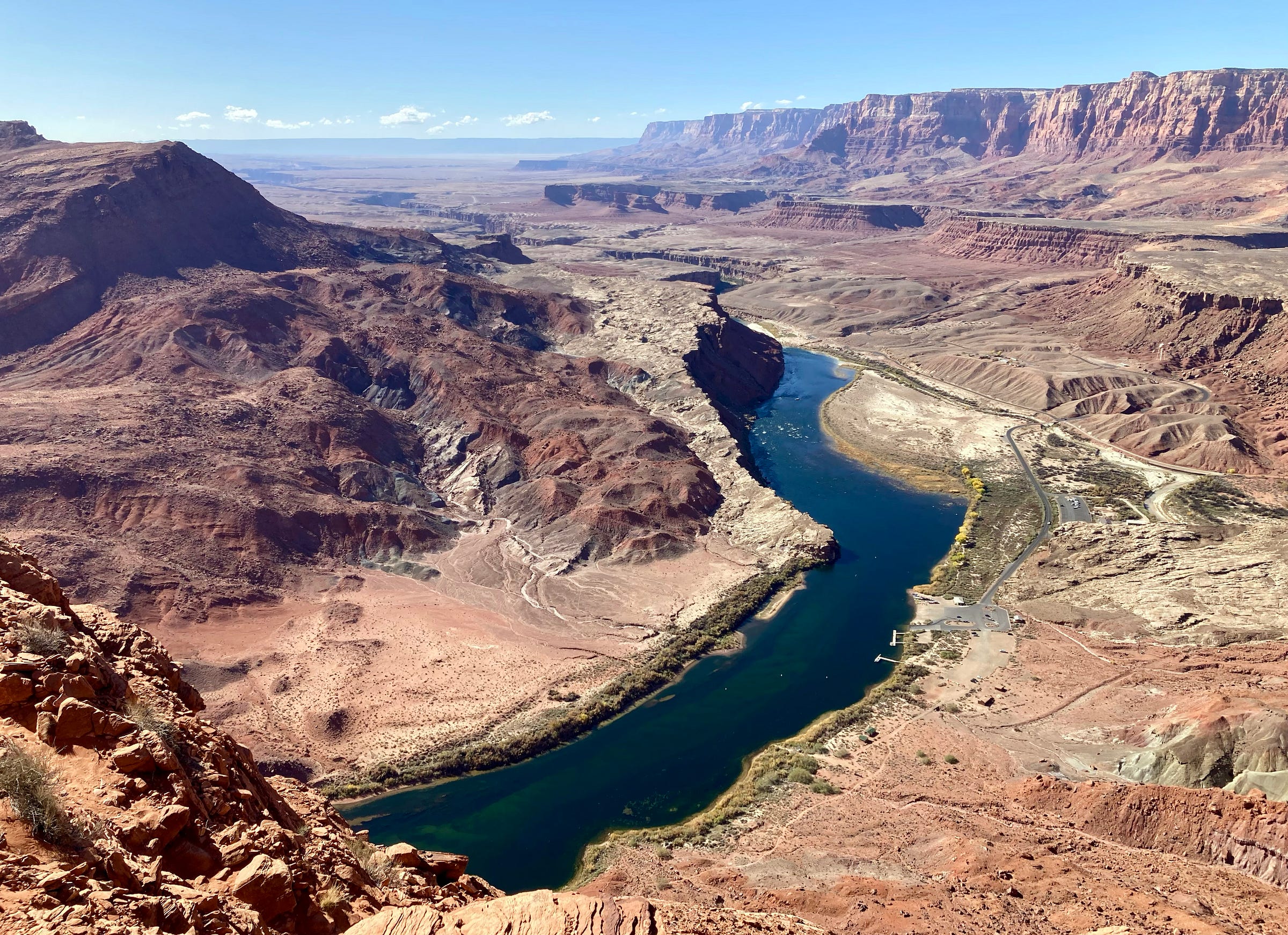Colorado River users come to their senses?
A supply-driven plan is on the table, but many sticky details remain up in the air
🥵 Aridification Watch 🐫
I’m a little slow getting to this one, thanks mostly to being consumed by the whole public land sale brouhaha, but better late than never.
After years of bickering, wrangling, fighting, and digging in their heels, representatives of t…
Keep reading with a 7-day free trial
Subscribe to The Land Desk to keep reading this post and get 7 days of free access to the full post archives.


